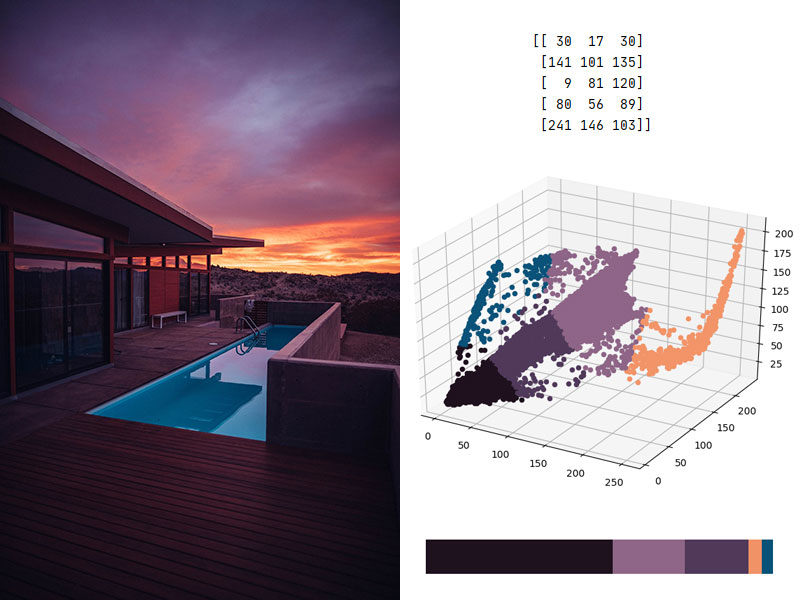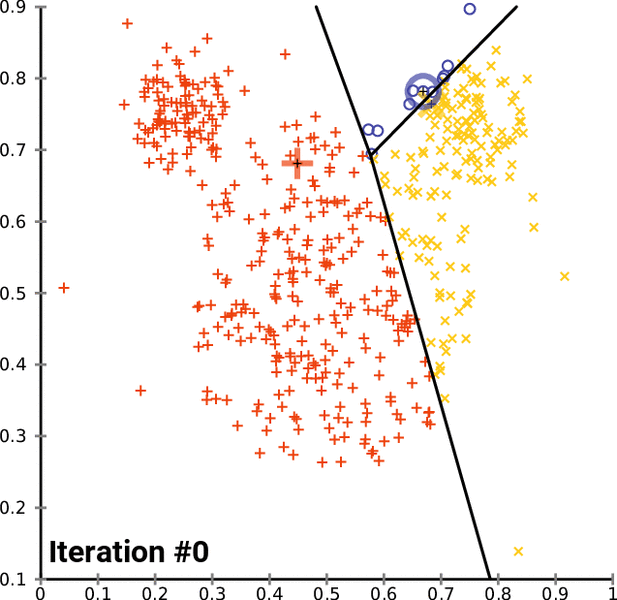Working with images can be a very time-consuming task, especially if you have many images to work on. Machine learning can thus be a great time-saver for various image analysis and editing tasks, such as finding the dominant colors of an image thanks to the K-means clustering algorithm.

Continue reading “Finding the dominant colors in an image with k-means”












